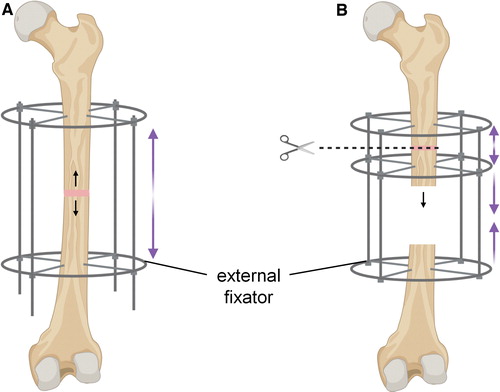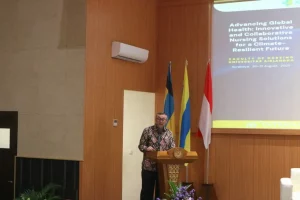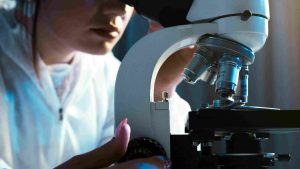Bone defect is a type of bone disorder that must get medical attention and treatments. The failure of the therapeutic approach will reduce the physiological function of bones, a person’s quality of life, and an increase of economic burden. Every year, more than 2.2 million people globally undergo bone grafting procedures to treat bone defects. Therefore, the development of biomaterials used in implants must have good quality, compatible and osteoconductive properties. It is hoped that the engineering of implant biomaterials can accelerate the repair of bone defects and healing. The development of nanoscale materials has been rapidly increasing in recent decades. Nanoscale biomaterials have been reported to have beneficial effects in bone tissue engineering, such as increasing the adhesion, differentiation, and proliferation of osteoblasts and providing vascularization and bone formation in vivo. However, the nanoscale (up to 100 nm) hydroxyapatite (HA) biomaterials could not facilitate the proliferation and function of osteoclasts required in bone healing and remodeling due to an increase in osteoclast apoptosis and suppression of the expression of osteoclast-specific protein-forming genes.
Based on this fact, research conducted at the teaching industry of bovine hydroxyapatite (BHA) designed the size of the biomaterial on a submicron scale, which is in the range of 500-800 nm to provide an opportunity to balance the formation of osteoblasts and osteoclasts in each phase of healing and bone remodeling. The submicron size has the advantage that surface dimensions can promote osteoblast differentiation. It has also been reported that hydroxyapatite with a particle size of around 500 nm can accelerate the formation of osteoclasts and improve their function. BHA as a natural biomaterial is produced through extraction from cow bones. BHA has similarities to human bone and is not found in synthetic HA. Another characteristic of BHA, the advantage of which is that it has high compression strength, prevents premature degradation, and is compatible in bone formation. Considering the beneficial effects of BHA and submicron material in bone tissue engineering, the development of submicron BHA potentially increases the osteoinductive and osteoconductive properties of BHA. As it was established that submicron material had a superior effect on osteoclasts. Synthesis of submicron BHA using wet ball milling and dry ball milling with high energy. Researchers applied the process of natural BHA in micron size milled for several hours using a high-energy dry ball milling method. BHA, naturally sized in microns, was milled for several hours by using the high-energy dry ball milling method.
Bovine cortical bone was pretreated and calcined to produce BHA powder scaled in microns. BHA was used to fabricate submicron BHA with milling treatment for 3, 6, and 9 h and was characterized by using dynamic light scattering, scanning electron microscope connected with energy dispersive X-Ray spectroscopy, Fourier-transform infrared spectroscopy, and X-ray diffractometry. In this process, 500-800 nm BHA is obtained with an intrinsic character that is not different from the micron size. It has the potential to be an implant material used in bone disorders and the development of drug delivery systems to bone tissue. The crystals are hexagonal in shape and have the opportunity to produce pores with the optimum size for the growth and proliferation of bone cells. The composition of carbonates and phosphates and the Ca/P ratio ranged from 1.48-1.68, which is an ideal character to trigger the osteoinductive properties of the biomaterial. Based on these data, the production of submicron (500-800 nm) BHA will support the availability of ideal biomaterials for implant manufacture. This effort will help ease the handling and accelerate bone defect healing.
Author: Junaidi Khotib
Link: https://www.mdpi.com/1996-1944/15/6/2324
Title: Fabrication and Characterization of Submicron-Scale Bovine Hydroxyapatite: A Top-Down Approach for a Natural Biomaterial









